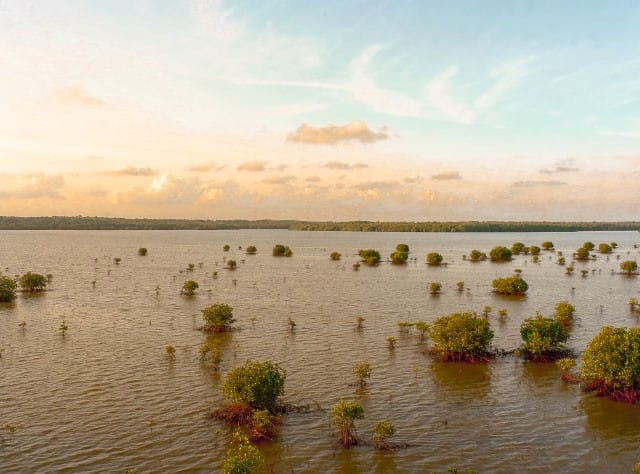Why is there a necessity of robust disaster management frameworks for North-East India?
‘Seven sisters’ flashes in consciousness when we hear ‘North-East India’. Seven sisters are comprised of states such as Assam, Meghalaya, Mizoram, Manipur, Tripura, Nagaland, and Arunachal Pradesh. Sikkim is also part of the north-eastern region of India. Serenity of ‘Seven Sisters’ is always under threat. North-eastern region has always been struck by various forms of natural disasters such as floods, landslides and earthquakes. Consequently, there has always been significant losses in the north-eastern region of India due to natural disasters. Whenever natural disasters hit North-East India, lives are reduced to miseries. Moreover, this is necessary to understand that aftermath effects of natural disasters are more perilous.

Need of an Intelligent Framework for Disaster Risk Reduction & Management
Development of robust disaster management frameworks need to include various aspects spanning from considering the physical to socio-cognitive aspects. This is also necessary to understand that aspect related to scale and phase is very important. Disaster management measures vary with scale and phase in the natural disaster scenario. Various aspects are so closely intertwined with each other that deciphering the possible impact of natural disasters become very complex. Moreover, it is very important to take into account the fact that these aspects may be completely different in characteristics and nature. Hence, assessing the impact would not be possible if the adopted framework is not capable of handling datasets of varying nature. So, the proposed framework considers all possible dimensions in the context of scale and phase. Furthermore, advance technologies such as space technologies and artificial intelligence frameworks are proposed to construe the spatio-temporal complexities associated with disaster management.






